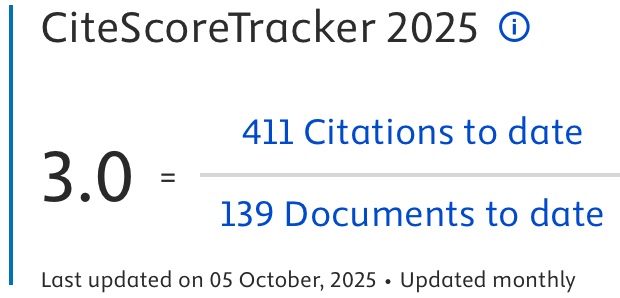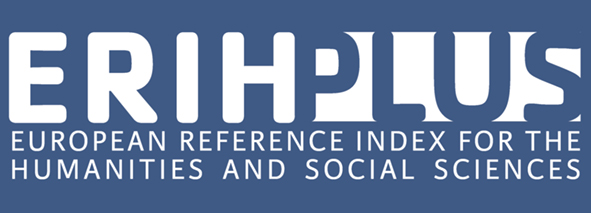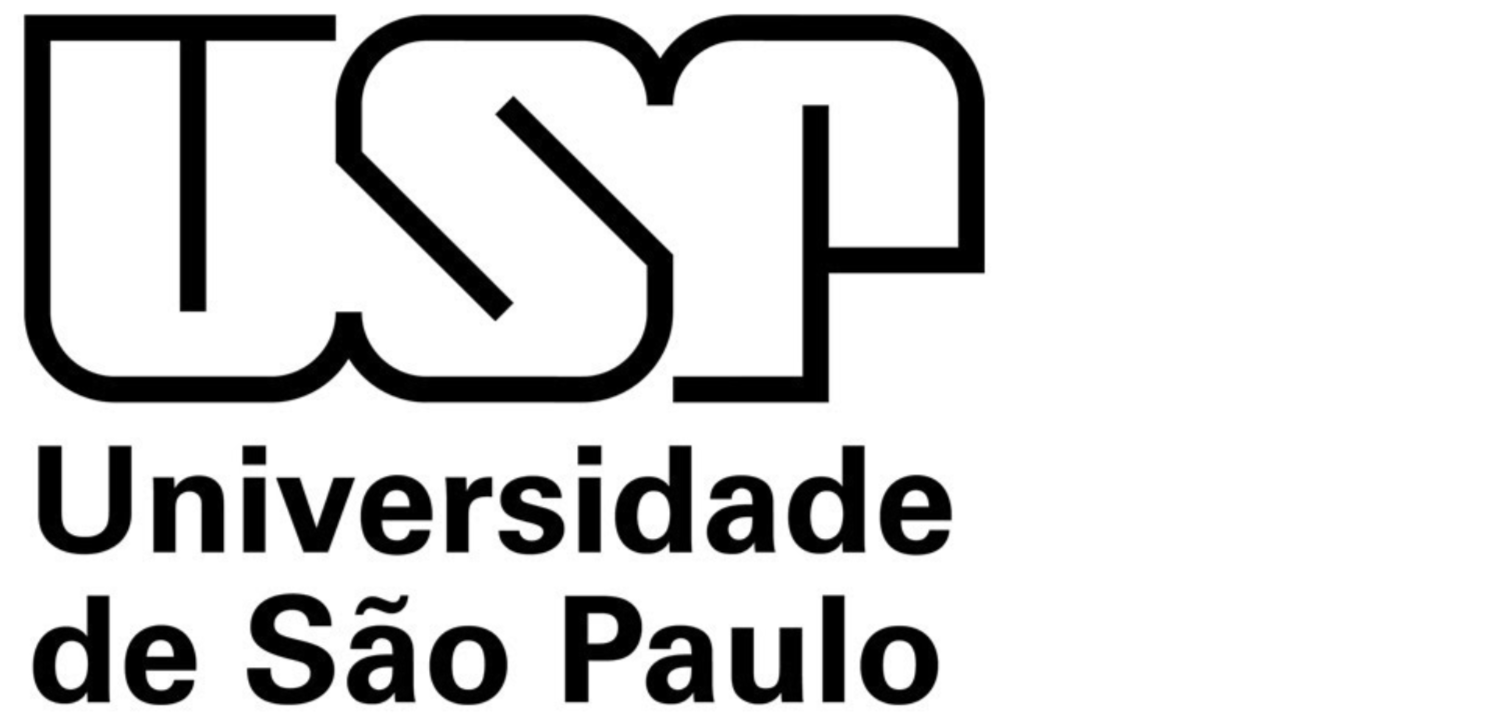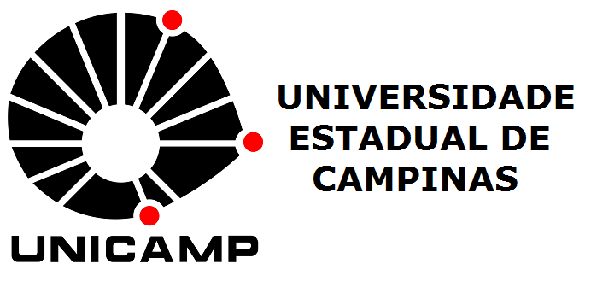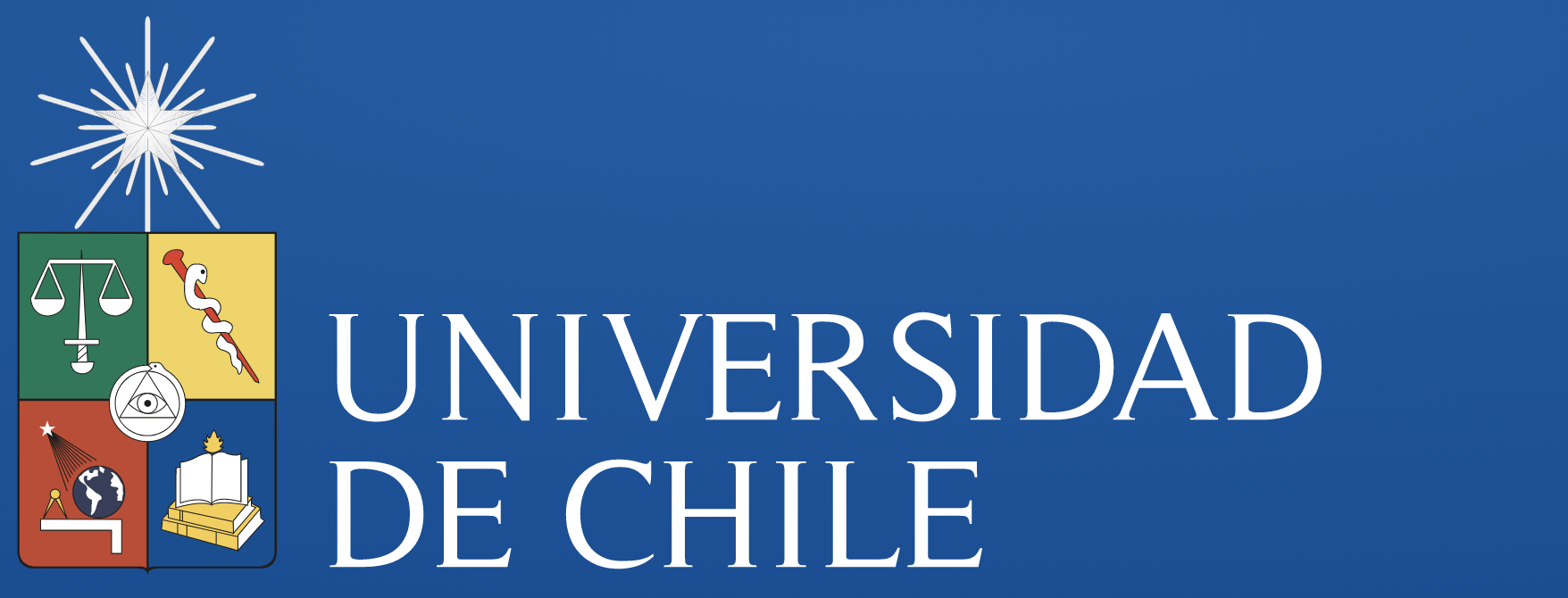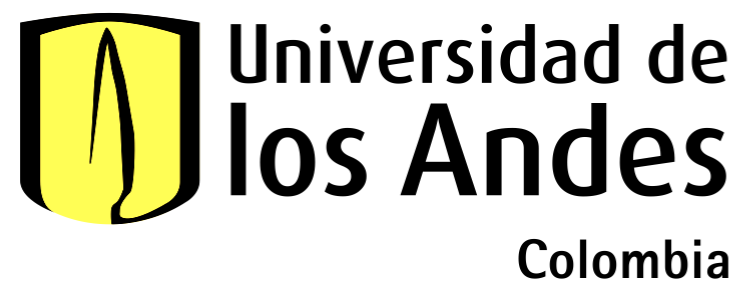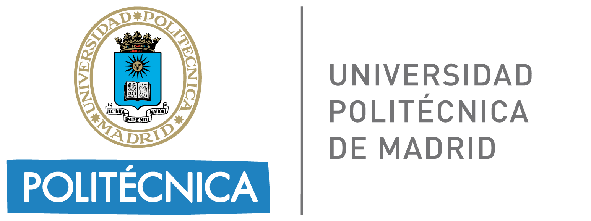Doing and redoing – Opportunities and limits of co-design for public and welfare spaces
DOI:
https://doi.org/10.69143/2464-9309/17212025Keywords:
participatory design, urban design, public spaces, design for social innovation, community activationAbstract
The article explores the action-research experiences conducted by the Social Design Lab of the Politecnico di Torino and the Augmented City Lab of the University of Palermo, two research groups experimenting with participatory design approaches to address complex social challenges. The discussion covers different urban regeneration projects and co-design of spaces for public services, tools for social inclusion, and the transformation of local welfare systems. The role of participatory design and co-creation in promoting the active involvement of stakeholders is analysed, questioning the lasting impacts in terms of inclusion, care, and collective responsibility for the implemented interventions. The critical reflection also concerns the sustainability of these processes and their potential to trigger organisational and policy-related changes.
Article info
Received: 25/03/2025; Revised: 22/04/2025; Accepted: 23/04/2025
Downloads
Article Metrics Graph
References
Alexander, C. (1965), “A city is not a tree”, in Architectural Forum, vol. 122, issue 1, pp. 58-62. [Online] Available at: academia.edu/43003715/Christopher_Alexanders_A_CITY_IS_NOT_A_TREE_ AF_Vol_122_1_2_April_May [Accessed 17 April 2025].
Alfasi, N. and Portugali, J. (2007), “Planning rules for a self-planned city”, in Planning Theory, vol. 6, issue 2, pp. 164-182. [Online] Available at: doi.org/10.1177/1473095207077587 [Accessed 17 April 2025].
Bason, C. (2014), Design for Policy, Routledge, London.
Batty, M. (2005), Cities and Complexity – Understanding Cities with Cellular Automata, Agent-based Models, and Fractals, The MIT Press, Cambridge (MA).
Bazzu, P. and Talu, V. (2016), Tactical Urbanism – Italia 5, TaMaLaCà, Sassari. [Online] Available at: issuu.com/asso_acdc/docs/tactical_urbanism_5_bazzu_talu_tuttamialacitta_ita [Accessed 17 April 2025].
Boyer, B., Cook, J. W. and Steinberg, M. (2013), Legible Practises – Six stories about the craft of stewardship, Sitra, Helsinki. [Online] Available at: helsinkidesignlab.org/peoplepods/themes/hdl/downloads/Legible_Practises.pdf [Accessed 17 April 2025].
Calthorpe, P. and Fulton, W. (2001), The City Region, Island Press, Washington (DC).
Campagnaro, C. and Ceraolo, C. (2022), Ai Margini – Un’antologia di Social Design, Prinp Editoria d’Arte, Torino.
Campagnaro, C. and Di Prima, N. (2018), “Empowering Actions – The participatory renovation of a shelter”, in Int | AR Journal – Interventions Adaptive Reuse, vol. 9, article 9, pp. 68-75. [Online] Available at: digitalcommons.risd.edu/interiorarchitecture_intarjournal/vol9/iss1/9/ [Accessed 17 April 2025].
Campagnaro, C. and Porcellana, V. (2016), “Il bello che cura – Benessere e spazi di accoglienza notturna per persone senza dimora”, in Cambio | Rivista sulle Trasformazioni Sociali, vol. 3, issue 5, pp. 35-44. [Online] Available at: doi.org/10.13128/CAMBIO-19284 [Accessed 17 April 2025].
Campagnaro, C., Di Prima, N., Leonardi, D., Meo, A. and Stefani, S. (2022), “Re-Orienting the Turin Reception System to Address Homelessness – Findings from an Italian Participatory Action-Research Study”, in European Journal of Homelessness, vol. 16, issue 2, pp. 97-119. [Online] Available at: feantsa.org/public/user/Observatory/2022/EJH_16-2/EJH_16-2_A4.pdf [Accessed 17 April 2025].
Caperon, L., Saville, F. and Ahern, S. (2022), “Developing a socio-ecological model for community engagement in a health programme in an underserved urban area”, in PLoS ONE, vol. 17, issue, 9, article e0275092, pp. 1-18. [Online] Available at: doi.org/10.1371/journal.pone.0275092 [Accessed 17 April 2025].
Carta, M. (2024), Romanzo urbanistico – Storie dalle città del mondo, Sellerio Editore, Palermo.
Carta, M. (2022), “No More Masterplan! Resilient Communities Require Incremental, Adaptive and Generative Processes”, in Carta, M., Perbellini, M. R. and Lara-Hernandez, J.A. (eds), Resilient Communities and the Peccioli Charter, Springer, Cham, pp. 65-70. [Online] Available at: doi.org/10.1007/978-3-030-85847-6_8 [Accessed 17 April 2025].
Carta, M. (2017), Augmented City – A Paradigm Shift, List Lab, Trento.
Cervellati, P. L., Scannavini, R. and De Angelis C. (1977), La nuova cultura delle città – La salvaguardia dei centri storici, la riappropriazione sociale degli organismi urbani e l’analisi dello sviluppo territoriale nell’esperienza di Bologna, Edizioni Scientifiche e Tecniche Mondadori, Milano.
Chen, D.-S., Cheng, L.-L., Hummels, C. and Koskinen, I. (2015), “Social Design – An Introduction”, in International Journal of Design, vol. 10, issue 1, pp. 1-5. [Online] Available at: ijdesign.org/index.php/IJDesign/article/view/2622/723 [Accessed 17 April 2025].
Cornish, F., Breton, N., Moreno-Tabarez, U., Delgado, J., Rua, M., de-Graft Aikins, A. and Hodgetts, D. (2023), “Participatory action research”, in Nature Reviews Methods Primers, vol. 3, issue 1, article 34, pp. 1-14. [Online] Available at: doi.org/10.1038/s43586-023-00214-1 [Accessed 17 April 2025].
Cornwall, A. (2008), “Unpacking ‘Participation’ – Models, meanings and practices”, in Community Development Journal, vol. 43, issue 3, pp. 269-283. [Online] Available at: doi.org/10.1093/cdj/bsn010 [Accessed 17 April 2025].
De Carlo, G. (2015), L’architettura della partecipazione, Quodlibet, Macerata.
Di Prima, N. (2022), Design Anthropology – Approccio per un Design Sociale, Doctoral Thesis, XXXIV Cicle, PhD in ‘Gestione, Produzione e Design’, tutor Prof. Campagnaro C., Politecnico di Torino. [Online] Available at: hdl.handle.net/11583/2969099 [Accessed 17 April 2025].
Ergun, E., Tunca, S., Cetinkaya, G. and Balcıoğlu, Y. S. (2025), “Exploring the Roles of Work Engagement, Psychological Empowerment, and Perceived Organizational Support Innovative Work Behavior – A Latent Class Analysis for Sustainable Organizational Practices”, in Sustainability, vol. 17, issue 4, article 1663, pp. 1-23. [Online] Available at: doi.org/10.3390/su17041663 [Accessed 17 April 2025].
Fischer, F. and Forester, J. (eds) (1993), The Argumentative Turn in Policy Analysis and Planning, Duke University Press, Durham.
Friedman, K. (2008), “Research into, by and for design”, in Journal of Visual Art Practice, vol. 7, issue 2, pp. 153-160. [Online] Available at: doi.org/10.1386/jvap.7.2.153_1 [Accessed 17 April 2025].
Granata, E. (2021), Placemaker – Gli inventori dei luoghi che abiteremo, Einaudi, Torino.
Gunn, W. (2020), Design Anthropology in Europe. [Online] Available at: doi.org/10.1093/acrefore/9780190854584.013.199 [Accessed 17 April 2025].
Hansson, H. and von Busch, O. (2023), “Co-crafting the social – Material manifestations through collaborative crafts”, in CoDesign | International Journal of CoCreation in Design and the Arts, vol. 19, issue 2, pp. 162-176. [Online] Available at: doi.org/10.1080/15710882.2022.2138448 [Accessed 17 April 2025].
Healey, P. (1997), Collaborative Planning – Shaping Places in Fragmented Societies, Palgrave Macmillan, London.
Jones, P. H. (2014), “Systemic Design Principles for Complex Social Systems”, in Metcalf, G. (ed.), Social Systems and Design, Springer, Tokyo, pp. 91-128. [Online] Available at: doi.org/10.1007/978-4-431-54478-4_4 [Accessed 17 April 2025].
Jones, P. H. and VanPatter, G. K. (2009), “Understanding Design 1, 2, 3, 4 – The rise of visual sensemaking”, in NextD Journal | Rerethinking Design, special issue, pp. 1-12. [Online] Available at: issuu.com/nextd/docs/understandingdesign1_2_3_4 [Accessed 17 April 2025].
Koskinen, I. and Hush, G. (2016), “Utopian, molecular and sociological social design”, in International Journal of Design, vol. 10, issue 1, pp. 65-71. [Online] Available at: ijdesign.org/index.php/IJDesign/article/view/2414/728 [Accessed 17 April 2025].
Koskinen, I., Zimmerman, J., Binder, T., Redström, J. and Wensvsen, S. (2012), Design Research Through Practice – From the Lab, Field, and Showroom, Morgan Kaufmann Publishers, Burlington (MA).
Lee, D., Feiertag, P. and Unger, L. (2024), “Co-production, co-creation or co-design of public space? A systematic review”, in Cities, vol. 154, issue 1, pp. 1-13. [Online] Available at: doi.org/10.1016/j.cities.2024.105372 [Accessed 17 April 2025].
Lefebre, H. (2018), Spazio e Politica – Il Diritto alla città II, Ombre Corte, Bologna.
Leonardi, D. (2020), “Divenire homeless – Quale ruolo assumono i servizi di accoglienza nella definizione delle identità?”, in Consoli, T. and Meo, A. (eds), Homelessness in Italia – Biografie, territori, politiche, FrancoAngeli, Milano, pp. 29-48.
Lydon, M., Bartman, D., Woudstra, R. and Khawarzad, A. (2012a), Tactical Urbanism vol. 1 – Short-term Action – Long-term Change, Next Generation of New Urbanists, Miami. [Online] Available at: tacticalurbanismguide.com/guides/tactical-urbanism-volume-1/ [Accessed 17 April 2025].
Lydon, M., Bartman, D., Woudstra, R. and Khawarzad, A. (2012b), Tactical Urbanism vol. 2 – Short-term Action – Long-term Change, Next Generation of New Urbanists, Miami. [Online] Available at: tacticalurbanismguide.com/guides/tactical-urbanism-volume-2/ [Accessed 17 April 2025].
Manzini, E. (2015), Design, When Everybody Designs – An Introduction to Design for Social Innovation, MIT Press, Cambridge (MA).
Mantziaras, P. (2024), “La previsione strategica urbana nel contesto europeo – Le lezioni di Ginevra e Lussemburgo | Urban strategic foresight in European territories – Lessons from Geneva and Luxembourg”, in Agathón | International Journal of Architecture, Art and Design, vol. 15, pp. 30-47. [Online] Available at: doi.org/10.19229/2464-9309/1522024 [Accessed 17 April 2025].
Marshall, S. (2008), Cities, Design and Evolution, Routledge, London.
Marvin, S., Bulkeley, H., Mai, L., McCormick, K. and Voytenko Palgan, Y. (eds) (2018), Urban Living Labs – Experimenting with City Futures, Routledge, London.
Montanari, F. and Mizzau, L. (eds) (2016), I luoghi dell’innovazione aperta – Modelli di sviluppo territoriale e inclusione sociale, Quaderni Fondazione Brodolini, n. 55, Roma.
Phills, J. A., Deiglmeier, K. and Miller, D. T. (2008), “Rediscovering social innovation”, in Stanford Social Innovation Review, vol. 6, issue 4, pp. 34-43. [Online] Available at: doi.org/10.48558/GBJY-GJ47 [Accessed 17 April 2025].
Picone, M. (2024), “L’imperativo di partecipare – I Sicani come modello di pratiche inclusive”, in Carta, M., Ronsivalle, D., Lino, B. and Contato, A. (eds), Sicani Living Futures – Processi di sviluppo incrementale e adattivo nell’orizzonte del 2040, Palermo University Press, Palermo, pp. 84-89.
Porcellana, V. (2017), Dal bisogno al desiderio – Antropologia dei servizi per adulti in difficoltà e senza dimora a Torino, FrancoAngeli, Milano.
Robbins, E. (2008), “Rethinking public space – A new lexicon for design”, in Urbani Izziv, vol. 19, issue 2, pp. 140-146. [Online] Available at: jstor.org/stable/24906039 [Accessed 17 April 2025].
Ronsivalle, D. (2025), “Il progetto della qualità dello spazio pubblico – Un percorso aperto di sostenibilità”, in Immordino, M. and Ventimiglia, C. (eds), Diritti culturali e patrimonio culturale tra tradizione e innovazione, Editoriale Scientifica, Napoli, pp. 139-152.
Rossi, A. (2018), L’architettura della città, Il Saggiatore, Milano.
Sanders, E. B.-N. and Stappers, P. J. (2008), “Co-creation and the new landscapes of design”, in CoDesign | International Journal of CoCreation in Design and the Arts, vol. 4, issue 1, pp. 5-18. [Online] Available at: doi.org/10.1080/15710880701875068 [Accessed 17 April 2025].
Santos, A., Kazimirko, A. and Barros, L. (2020), “Scala individuale e collettiva nella complessità dello spazio scolastico – L’esperienza portoghese | Individual and collective scale in the complexity of school space – The Portuguese experience”, in Agathón | International Journal of Architecture, Art and Design, vol. 7, pp. 114-123. [Online] Available at: doi.org/10.19229/2464-9309/7122020 [Accessed 17 April 2025].
Save the Children (2014), La Lampada di Aladino – L’indice di Save the Children per misurare le povertà educative e illuminare il futuro dei bambini in Italia. [Online] Available at: s3.savethechildren.it/public/files/uploads/pubblicazioni/la-lampada-di-aladino.pdf [Accessed 17 April 2025].
Silva, P. (2016), “Tactical urbanism – Towards an evolutionary cities’ approach?”, in Environment and Planning B | Planning and Design, vol. 43, issue 6, pp. 1040-1051. [Online] Available at: doi.org/10.1177/0265813516657340 [Accessed 17 April 2025].
Steen, M. (2013), “Co-design as a process of joint inquiry and imagination”, in Design Issues, vol. 29, issue 2, pp. 16-28. [Online] Available at: doi.org/10.1162/DESI_a_00207 [Accessed 17 April 2025].
Steen, T., Brandsen, T. and Verschuere, B. (2018), “The Dark Side of Co-Creation and Co-Production. Seven Evils”, in Brandsen, T., Verschuere, B. and Steen, T. (eds), Co-Production and Co-Creation – Engaging Citizens in Public Services, Routledge, New York.
Sullivan, L. H. (2018), Autobiografia di un’idea [or. ed. The Autobiography of an idea, 1924], Castelvecchi Editore, Roma.
The Rockefeller Foundation (2008), Design for Social Impact, The Rockefeller Foundation, New York. [Online] Available at: yumpu.com/en/document/view/25818913/design-for-social-impact-the-rockefeller-foundation [Accessed 17 April 2025].
Tonkinwise, C. (2019), “Is Social Design a Thing?”, in Resnick, E. (ed.), The Social Design Reader, Bloomsbury Publishing, London, pp. 55-61.
UN – United Nations (2015), Transforming Our World – The 2030 Agenda for Sustainable Development. [Online] Available at: docs.un.org/en/A/RES/70/1 [Accessed 17 April 2025].
van der Bijl-Brouwer, M. (2019), “Problem Framing Expertise in Public and Social Innovation”, in She Ji | The Journal of Design, Economics, and Innovation, vol. 5, issue 1, pp. 29-43. [Online] Available at: doi.org/10.1016/j.sheji.2019.01.003 [Accessed 17 April 2025].

Downloads
Published
How to Cite
Issue
Section
Categories
License
Copyright (c) 2025 Cristian Campagnaro

This work is licensed under a Creative Commons Attribution 4.0 International License.
This Journal is published under Creative Commons Attribution Licence 4.0 (CC-BY).
License scheme | Legal code
This License allows anyone to:
Share: copy and redistribute the material in any medium or format.
Adapt: remix, transform, and build upon the material for any purpose, even commercially.
Under the following terms
Attribution: Users must give appropriate credit, provide a link to the license, and indicate if changes were made; users may do so in any reasonable manner, but not in any way that suggests the licensor endorses them or their use.
No additional restrictions: Users may not apply legal terms or technological measures that legally restrict others from doing anything the license permits.
Notices
Users do not have to comply with the license for elements of the material in the public domain or where your use is permitted by an applicable exception or limitation.
No warranties are given. The license may not give users all of the permissions necessary for their intended use. For example, other rights such as publicity, privacy, or moral rights may limit how you use the material.






